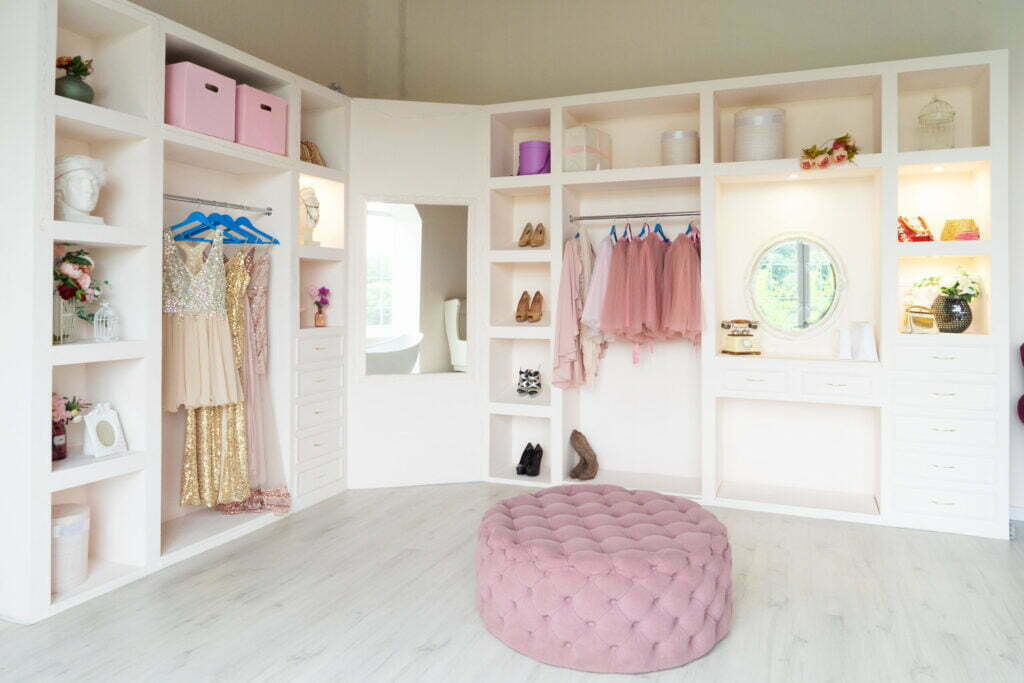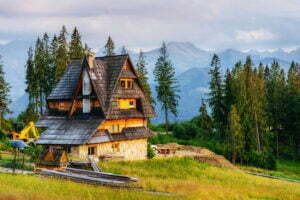Shelter is an essential need for humans, and its history is a fascinating one. From the Viking times, when housing was made from wood and stone to modern-day developments of prefabricated housing, shelter has been constantly evolving. In this article, we’ll be taking a closer look at the history of shelter to understand how it has shaped our living spaces today. Keep reading to find out more!
History of Shelter

The Vikings were among the first people to embrace a more sustainable approach to building with their use of turf-covered longhouses that featured thick walls made from timber slats and turf blocks. This combination provided good insulation against cold temperatures while also being relatively easy to construct or repair. In addition, they utilized wood ash mixed with water to create mortar which helped strengthen their buildings over time and make them more weatherproof. As technology advanced during the Industrial Revolution, mass production techniques allowed for faster construction methods like bricklaying which led to taller cities with sturdier buildings that used fewer resources than before. However, this increased reliance on industrial processes often led to environmental degradation due to pollution caused by burning coal for fuel or producing cement from limestone quarries. In particular, Portland siding replacement has been a major element in this evolution. The first instance of siding replacement occurred in the late 19th century when new materials such as wood and vinyl began to be used for cladding buildings. Siding allowed homeowners to protect their properties from weathering damage while also improving their appearance.
Shifting Toward Sustainability
In recent years, the trend has shifted back towards greener building practices such as utilizing renewable energy sources like solar panels and wind turbines instead of fossil fuels. Moreover, builders are improving insulation standards within homes so less energy is needed for heating, and they’re using recycled materials wherever possible. All these measures help reduce our carbon footprint while providing healthier living conditions inside our homes at the same time. All in all, sustainable design solutions offer numerous benefits when it comes to constructing a safe structure today. They provide long-term savings and they also contribute towards creating a better future where our planet can thrive without sacrificing its natural resources.
Urbanization and the Rise of Apartment Buildings

Urbanization refers to a process in which an increasing proportion of a population lives in cities, often resulting in increased density. Housing needs over time have changed due to this urbanization trend, leading to the development of apartment buildings as an affordable way for people living in densely populated areas to find shelter. Apartment building developments began with industrialization during the 19th century when more workers moved from rural areas into cities for jobs, leading landlords and developers alike to build multi-family homes on large parcels of land. The 1920s saw a rapid increase in these types of housing developments thanks largely due to new construction methods such as reinforced concrete structures and elevator technology that allowed developers easier access to higher floors while still providing affordability for tenants below them (in comparison to single-family homes).
If you’ve found it interesting to learn about Viking times, then you may enjoy looking into your DNA traits. If you have similar DNA Vikings have, then you can gather some insight into your own family history or ancestry. You might just find that your own ancestors have built shelter in the ways listed above.
Overall, the history of shelter is an important part of understanding how people have adapted to changing environments and technological advancements over time. From Viking times to present-day developments, the evolution of shelter has helped to shape our lives and the communities in which we live.









